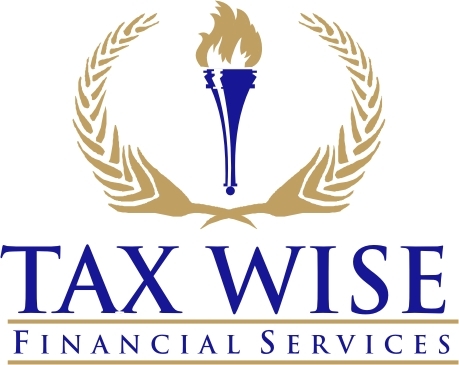
Introduction to Donor-Advised Funds (DAFs)
In 2025, Donor-Advised Funds (DAFs) offer an excellent way to donate to charity while benefiting from tax advantages. A DAF allows you to make charitable donations and receive a tax deduction right away. You can then decide how and when to distribute the money to your chosen charities. The tax benefits of DAFs make them a popular choice for donors who want to give back while also saving on taxes.
A DAF is essentially a charitable account. When you donate money or assets to it, you receive a tax deduction for that year. Later, you can decide which charities should receive your donation. This gives you flexibility while still enjoying immediate tax breaks.
How Do Donor-Advised Fund Tax Benefits Work?
The primary reason many people use DAFs is for the tax deduction. If you donate to a DAF in 2025, you can deduct your donation from your taxable income. For example, if you donate $5,000 to a DAF, your taxable income for the year is reduced by that same amount. This could lower your tax bill.
DAFs allow you to donate various assets, like cash or stocks. Donating appreciated assets, such as stocks or real estate, offers additional tax advantages. When you donate these assets, you avoid paying capital gains tax on any profits made. Without a DAF, you would pay tax on the profits when you sell the assets. Donating them directly to a DAF avoids this issue, and you still receive a tax deduction based on the asset’s value.
How to Maximize DAF Tax Benefits in 2025
To get the most out of your Donor-Advised Fund tax benefits, consider timing your donations. One strategy is “bunching” your donations. This means combining several years’ worth of donations into one large contribution. By doing so, you may push yourself into a higher tax bracket and receive a larger tax deduction for the year.
For example, if you usually donate $3,000 annually, you could contribute $15,000 to a DAF in 2025. This would give you a bigger deduction and lower your tax bill for that year. Bunching works well if you want to reduce your tax burden during a high-income year. You can still distribute the money to charities over the next few years.
DAFs also allow the funds to be invested. The money in your DAF can grow over time, potentially increasing your future donations. This is a great benefit for donors who want to make a larger impact without giving away a significant amount upfront.
Who Should Use a Donor-Advised Fund?
DAFs are ideal for people who want to donate to charity but aren’t sure which charities to support right away. Unlike making a direct donation, a DAF allows you to take your time in choosing where to give. You can claim your tax deduction now and decide later where the funds will go.
If you have appreciated assets, like stocks, a Donor-Advised Fund is especially helpful. Donating stocks or real estate directly to a DAF lets you avoid capital gains tax while still receiving a deduction based on the fair market value of the assets.
DAFs are also useful for families who want to involve multiple generations in charitable giving. You can set up a DAF to be managed by family members, creating a lasting tradition of philanthropy.
Additional Tax Benefits of DAFs
One of the unique benefits of DAFs is the ability to give anonymously. If you prefer not to be recognized for your donation, you can remain anonymous through your DAF. This is perfect for people who want to support causes without drawing attention to themselves.
DAFs are simple to set up and manage. Many financial institutions and nonprofit organizations offer these funds with low fees, making them accessible to a wide range of donors. Once the fund is set up, you can track your donations and investments with ease. This makes charitable giving easier and more efficient for those who prefer a hands-off approach.
Things to Keep in Mind About DAFs
Before setting up a Donor-Advised Fund, there are a few things you should consider. First, once you donate to a DAF, the money cannot be refunded. Make sure you are ready to commit to the donation before contributing.
While DAFs have many advantages, they also have fees. These fees are usually low but can vary depending on the provider. It’s a good idea to compare different options to find the best deal for you.
Also, remember that DAFs must be used for charitable purposes. You can choose which charities receive the money, but the funds must go to nonprofit organizations. They cannot be used for personal gain or non-charitable reasons.
Conclusion: The Power of Donor-Advised Fund Tax Benefits In 2025
In 2025, Donor-Advised Funds (DAFs) are more popular than ever for their tax benefits. Whether you donate cash, stocks, or other assets, you can enjoy immediate tax deductions and avoid capital gains tax. By using strategies like “bunching” donations or taking advantage of investment growth, you can maximize your tax savings and make a bigger impact with your giving.
DAFs provide an easy and flexible way to donate to charity, while helping you manage your tax situation. Whether you are a new donor or someone who wants to make a long-term charitable impact, the Donor-Advised Fund tax benefits in 2025 offer a great opportunity to give back while saving on taxes.


